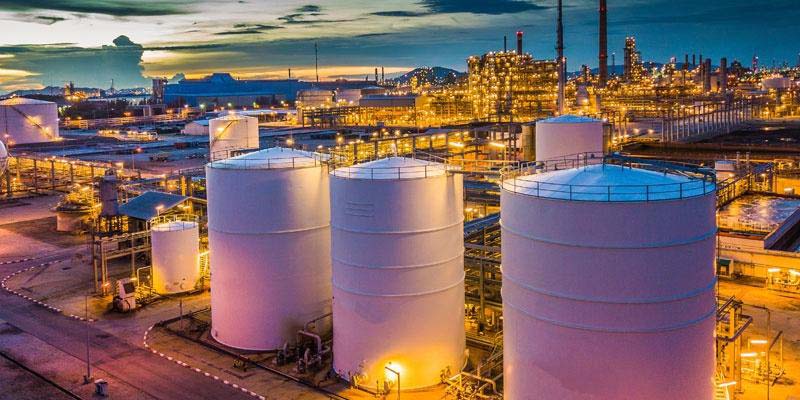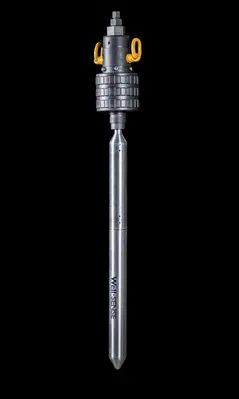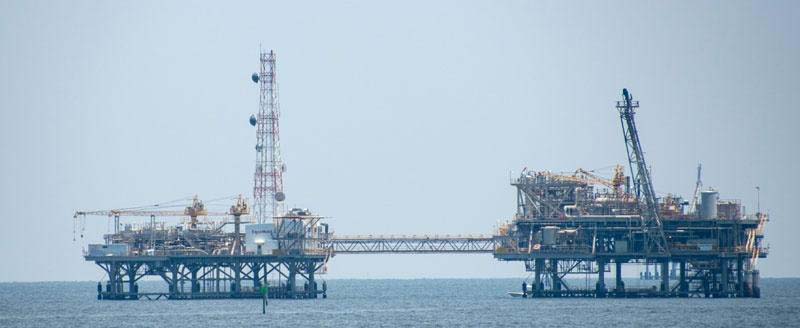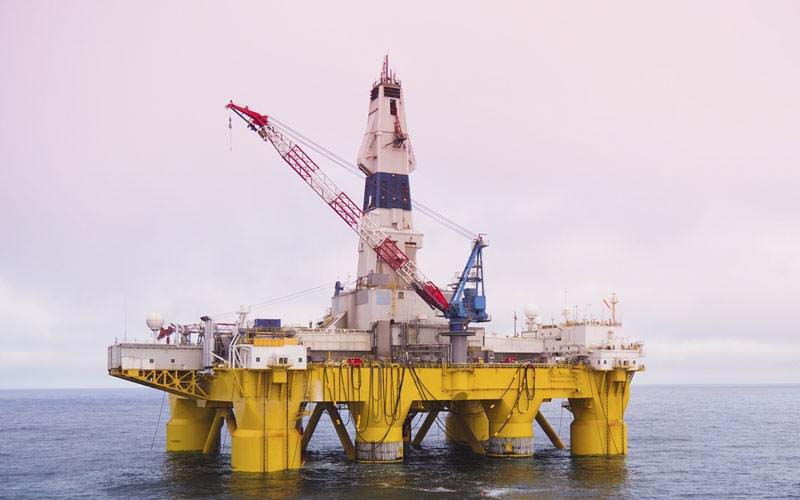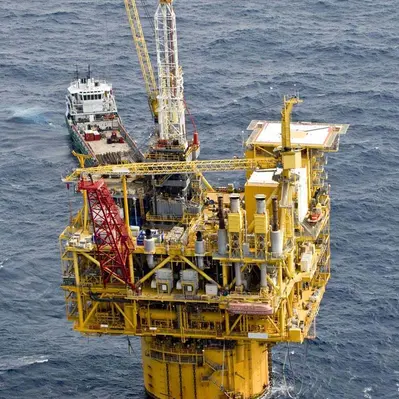
Introduction
The North Sea is a mature basin, and as with all mature basins the lack of drilling activity over the past 18 months has placed a greater demand on old assets to maintain or increase production levels beyond their initial design life. This inevitably raises many questions about well integrity and asset life extension.
By NORSOK D-010’s definition well Integrity is the “application of technical, operational and organizational solutions to reduce risk of uncontrolled release of formation fluids throughout the life cycle of a well.” In order to assure integrity, comply with regulations and increase recovery volumes North Sea operators conduct regular well intervention campaigns to improve, or at least maintain, the productive life of fields in the region.
It is worth mentioning that well intervention as a subject is more inclined towards OPEX engineering work on live wells, including activities such as logging, slickline, coiled tubing, structural maintenance and other workovers to name a few. Well integrity begins at the design phase of the asset, from selecting a completion design, tubing grades and sizes, detailed assessment of reservoir fluids, testing & commissioning and complete well surveillance throughout the lifecycle of a well. Hence, well intervention and integrity activities are multidisciplinary and require excellent communication, working standards, design, engineering and a live status of the well’s behavior.
As the fields are maturing there is a natural decline following the production plateau, requiring additional applications such as Improved Oil Recovery (IOR) and Enhanced Oil Recovery (EOR) to maintain the profitability of the reservoir. It is anticipated with aging wellstock on rise issues such as declining structural integrity of wells will increase. Thus requiring preventative maintenance activities will increase such as diagnostic logging, tubing retrieval and well platform remediation will be unavoidable and necessary.
All of this demonstrates that there is a slow but steady growth towards an increase in well intervention and remediation activities. Whatever the objective is, be it production enhancement, structural assurance or both, integrity and intervention have a common goal – extending the asset’s production life.
Targeting the Highest Priority Wells
Currently, 70% of global Oil & Gas recovery comes from mature fields, but as production decreases on average by 7% year on year, there is significant pressure placed on our mature assets. Significant advances in the technology used for extending production life have greatly contributed to the vast amount of stock outliving its intended design life. A good example being advanced diagnostics that help operators identify wells that are prone to corrosion, fatigue, and abnormal movements. In the long run, regular preventive maintenance serves to be the best option for keeping old assets online and profitable. Structural Integrity and Good Practices
Two main types of well platform construction can be considered for simplicity; the well can be built on the conductors (i.e. the conductor is the structural pile in the well) or built on the surface casing support, (i.e. the surface casing is the structural pile in the well) where the conductor acts only as a marine protector.
Both types are prone to corrosion with each having advantages and disadvantages. For instance, oxygen is more prevalent in casing supported wells because the D-annulus is more exposed. Other sources of corrosion include having a low-pressure seal, having a barrier to atmosphere and seawater acting on the outside of the conductor, but it is noted that casing support wells are less prone to seawater corrosion as conductors act as protection Also, drill fluids (seawater) exist in the seabed and do improve hydraulics, however, the conductor’s joints are below sea-level, and the tidal range in D-annulus gets constantly corroded due to wet and dry cycles, which is a catalyst for corrosion. The installation of debris caps in conductor supported wells seems to be harmless but creates additional corrosion problems due to condensation loops resulting in wet and dry cycles, which in turn results in accelerated corrosion just below the wellhead.
Offshore well structures and related problems, including corrosion, raise issues on how to assess and quantify structural integrity. A process to rank issues based on severity, risk, and opportunity is critical. To effectively execute this process there are four key steps to help you develop a proactive preventative programme to aid the life extension of your assets:
- The first step is to calculate the well weight by using predictive modeling. Modeling, however, will be as reliable and accurate as well input data. Alternatively, you may have to take a direct measurement if the data is unreliable.
- Once well loads are confirmed by using either of the options (or preferably both!) a health check should be conducted to check how much actual steel is in the asset and how much will be transmitted to the load. A good practice is to record the movement of strings. If movement and behavior is ‘as per design’ it is a good indicator of well’s health.
- Next is to quantify using the remaining wall thickness to assess the total metal loss and strength capability of the structure. This can be quantified by using pulsed eddy current (PEC), C-PEC (for flexible access) and PCE. Also, multiple historical surveys can be utilised to assess the corrosion rate effectively.
- Finally, you can assess the well’s overall condition, casing support, and re-assess the well model with operational loads. External sources such as environmental factors (wave and current loads for example) can be quantified as distributed axial loads in the dynamic model.
Once the stress conditions have been corrected you have all the most important information to select the most appropriate and efficient remediation methods for low severity and medium severity assets, for example:
- Medium severity assets will need essential stabilization work. A conductor guide reinstatement and conductor/surface casing retro-fit centralisers could be used to increase the fatigue life and reduce VME stress. Further, either mechanical or grout up approaches could be used. For instance, you could either transfer the load of the well and then use conductors with a mechanical clamping mechanism or use grout to transfer the load from the well to the conductor.
Regardless of selecting the appropriate action across your assets, the main takeaway is that best practice is to investigate your wells early, identify and repair critical wells, implement preventive measures to save from developing issues, schedule monitoring, and generic studies. This offers a cost effective approach to life extension and pays off in the long term, as even though you may have to shut in wells for longer during routine inspections, you will identify remedial works and opportunities that you may or will have to address later on and outside of the inspection window. If you work outside of this window you will inherit additional cost and risk dealing with a significantly more challenging project which could have been avoided if the identified symptom was rectified during the inspection.
Conclusion
Preventative and maintenance workovers are more cost-effective in the long run than replacing a failed barrier. It is interesting to note that the oil & gas industry still has differing standards and opinions on barrier definitions, technical interpretations and so forth, but evolving nevertheless. Due to the nature of well integrity being diverse and multidisciplinary, there is a huge demand for entrepreneurship in developing shared management systems to keep the status of well stocks up-to-date. From the operator’s point of view, well integrity is somewhat process-oriented since there are hundreds of active wells and multiple teams working together. This can be leveraged for additional efficiencies. It is necessary to develop an effective relationship between data and inspection to offer a robust, proactive and cost effective integrity programme that supports asset life extension and reduces expensive and complex critical works and rig based activity, which could have been avoided.
